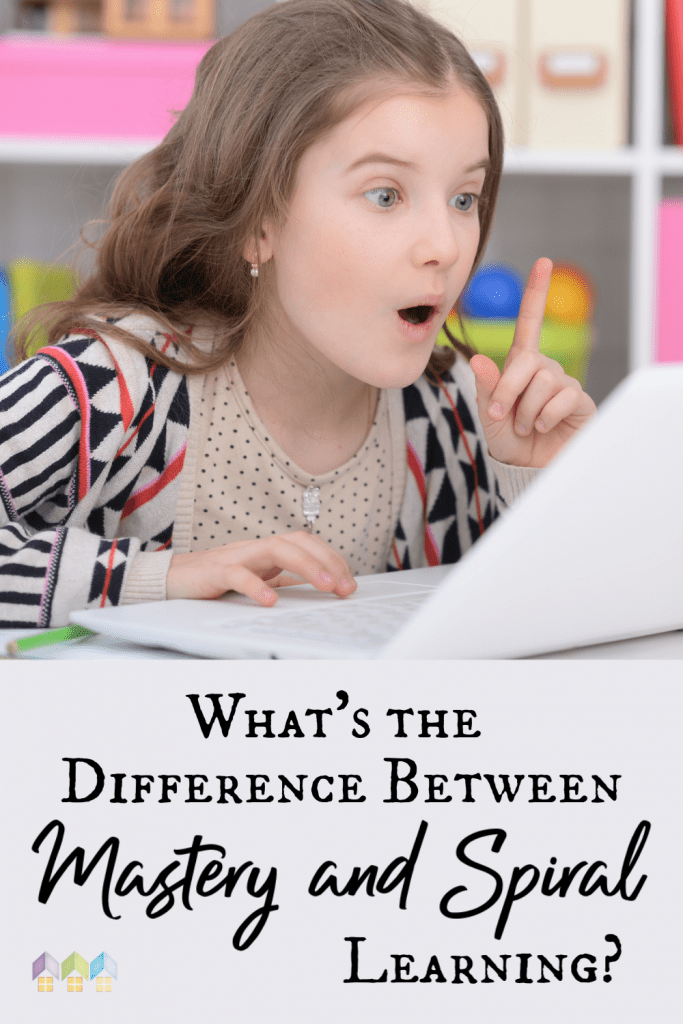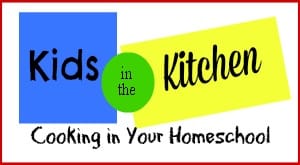What’s the Difference Between Mastery and Spiral Learning?
Mastery vs. Spiral Learning
A frequently asked question from prospective home educators is, “What is the difference between mastery and spiral learning?” To break down the mystery, here are a few important facts about each approach to better determine what’s best for your homeschool family.

Mastery Learning
Mastery learning is what most people are familiar with as a structure for education. Most curriculum is mastery-based. In mastery learning, students complete comprehension of a concept before moving to the next. In other words, a concept is mastered before moving forward.
For example, AOP’s LIFEPAC curriculum includes periodic self tests as students move through their work, so parents and students can see if concepts are being mastered. These self tests are taken before the final unit test.
If a child is struggling with a concept in mastery-based curriculum, it’s wise to spend extra time with that concept. Skipping over a concept or moving past it before mastery is like trying to build a tower without your cornerstone and may lead to serious confusion later. If a child is frustrated with a concept, simply take a break and come back to it or consider taking a new approach.
To see for yourself why LIFEPAC has been a trusted name among homeschoolers for over 40 years, check out free sample pages from LIFEPAC’s beautifully-designed courses for grades K-12.
To find out more about LIFEPAC, watch this short video!
Spiral Learning
Spiral learning is often less familiar to home educators. Spiral learning introduces a concept, moves to a new concept, and then circles back to the first concept. This spiraling back to ideas allows students to keep moving forward even if a concept is not mastered the first time. Concepts are revealed piece by piece, continually going deeper as the curriculum progresses.
Because it uses a spiral learning approach, AOP’s Horizons curriculum is often a favorite for children interested or gifted in math. For example, rather than doing 20 problems covering the same concept to ensure mastery, spiral-based curriculum allows a child to do 5 or 6 problems that introduce the concept before advancing.
This quick pace often lends to a spiral-based curriculum being slightly more advanced, empowering students to move through concepts more rapidly. However, with a child who may struggle with a concept, spiral learning can also be helpful because you know each concept is reviewed even if it was difficult to master on the first try.
To see if spiral learning is right for you, try free Horizons math sample pages from AOP!









